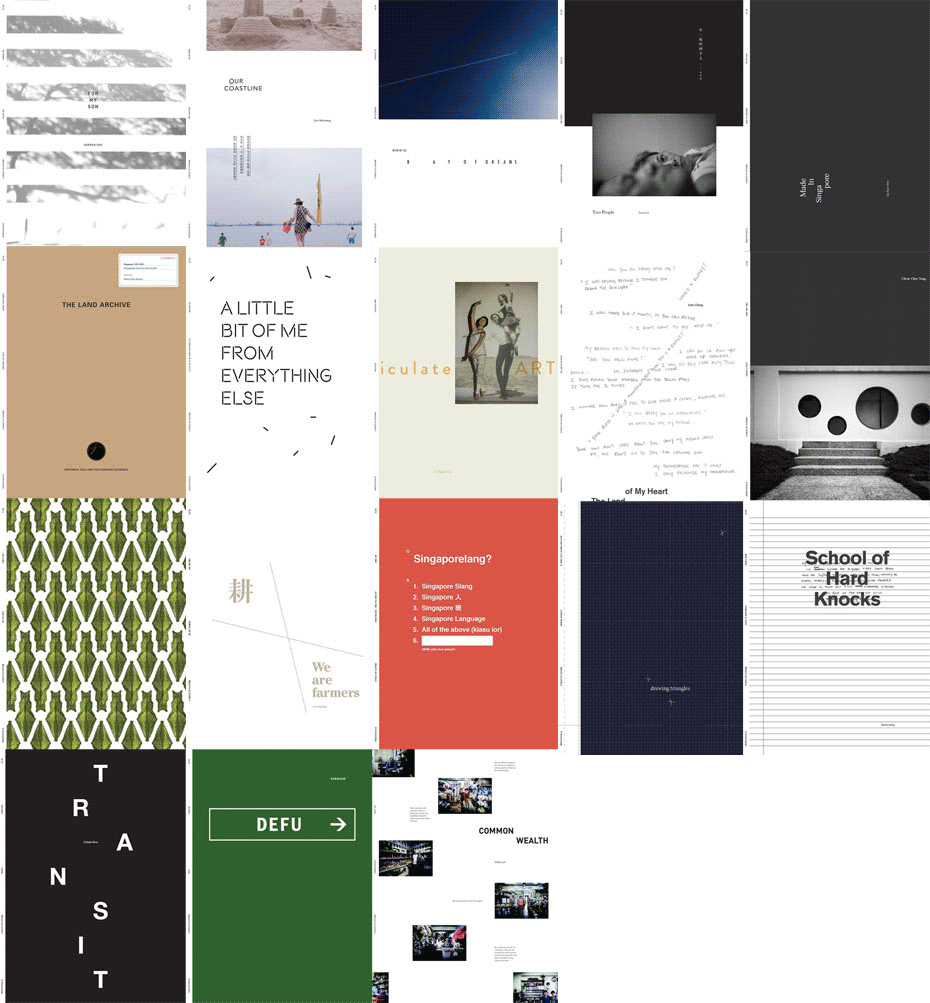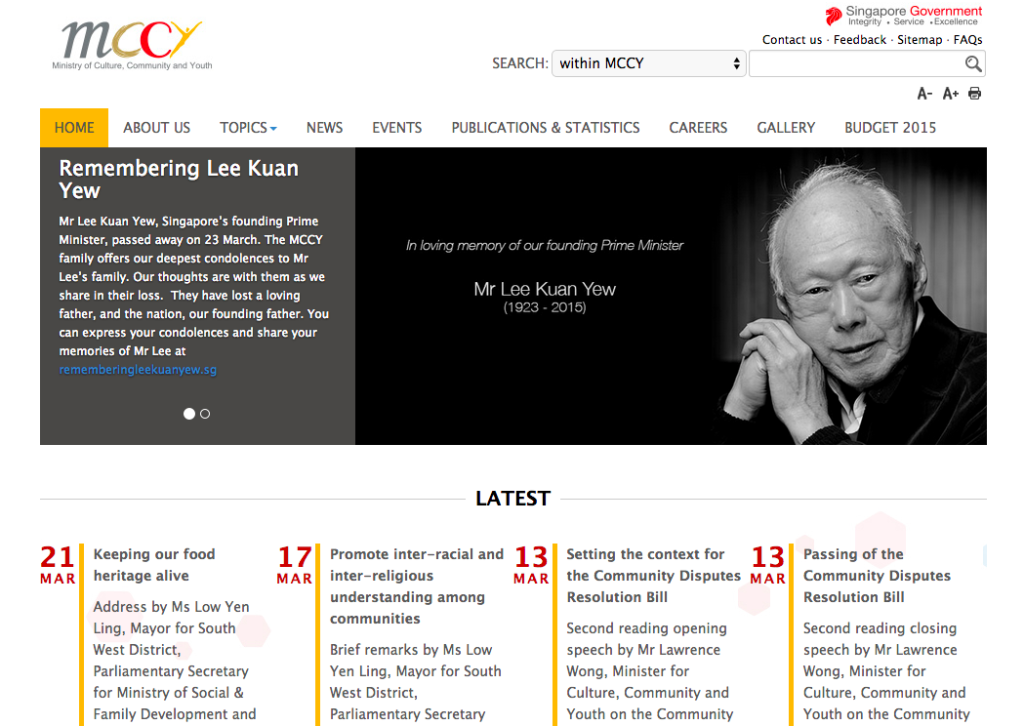I was invited to speak on the topic of local publishing at Allscript x Comman Man Coffee Roaster’s “50 Titles” event last weekend. Yanda of Do Not Design selected for this event 50 examples of contemporary local books and magazines. Below is my response, a presentation on some of the titles and what we can learn about designers expanding their role in Singapore’s publishing scene.
I recently moved back to Singapore from New York. One of the things my girlfriend noticed was how difficult it was to pack my collection of architecture and design books into shipping boxes. Anyone who buys them knows how this genre of books come in all shapes and sizes, and seldom fit neatly into a box. In a sense, design books tend to emphasise a quality of difference, and I hope to explore this element in my presentation on contemporary architecture and design publishing from Singapore.
A few years ago, I fully immersed into the subject of Singapore design when I was commissioned to retrace the history of graphic design in this country. This resulted in my book, Independence: The history of graphic design in Singapore since the 1960s, which chronicles the evolution of the profession over the last five decades.
As a journalism graduate, one thread that attracted me while researching for this book was the rise of independent publishing in Singapore. From the mid to late 2000s, designers were putting out a trickle of local books and magazines, including Underscore, Brckt, The Design Society Journal, and kult. The periodical Singapore Architect had also just undergone a revamp under Kelley Cheng of The Press Room. Incidentally, this issue (#287) is her last as there is a new team coming on.
Designers who traditionally came at the end to give form to a publication are now creating the content, either by themselves or commissioning writers. It isn’t entire new nor unique to Singapore, but there is certainly a new generation of local designers who are putting together niche books and magazines all by themselves instead of trying to convince big name publishers to do them. With designers expanding their roles, what differences have they brought to publishing in Singapore?



